What Yields Can I Get With Autoflowering Cannabis?

- 1. What yields can i get with autoflowering cannabis?
- 2. What yields can autoflowers produce?
- 2. a. Pay attention to the light cycle
- 2. b. Avoid transplanting
- 2. c. Invest in good lights
- 3. To train or not to train, that is the question…
- 4. In conclusion
1. What Yields Can I Get With Autoflowering Cannabis?
Autoflowers have always been scrutinized for their yields ever since the first autoflower was introduced. In fact, Lowryder – the very first autoflower – had negligible yields with low THC, so it’s natural for people to question whether autoflowers are even worth it. Well, autoflowers have come a long way since then. The autoflowers created today are not only great yielders but the fact that they generate tons of buds in less than 60 days cannot be ignored. Combine this level of productivity with their compact structures, and you have yourself a small plant that will happily grow in the smallest of spaces while churning out yields that will keep your stash jars filled for weeks to come. These cultivars have opened up the doors for many growers and made the experience of growing cannabis much more accessible for all.
Even the THC levels are as good as photoperiod plants, so credit must be given when it’s due. If you’re a beginner wondering about the yields or if you’ve just bought autoflowers, you’re probably asking – what yields can I get with autoflowering cannabis? It’s perhaps the most common question and one that depends on a variety of factors. Now, you must understand that you may have the best autoflower in the world, but the yields depend on how you grow them. The same applies to photoperiod plants. Heck, this rule applies to all plants. They may be the best plants with the most amazing genetics you’ve heard of, but they will perform only if you take care of them. So, let’s take a look at what you can do to increase the yields of autoflowers.
2. What yields can autoflowers produce?
The yields of any plant depend mostly on the type of strain you have. Some strains are perfect for stealth grows where they grow small. Since they are designed to grow short and help the grower, the yields will obviously be less compared to other plants. So, basically, the yield depends on the strain. When shopping for autoflowers, the first thing you gotta look for is the genetics. Is the strain an offspring of a plant producing good yields? Usually, autoflowers can generate anywhere from 200 to 400 grams of great bud per meter square.
However, other strains like Tangie Auto, for instance, can produce great yields because they grow way too big. Tangie grows almost up to 5 feet when grown outdoors. Despite being crossed with Ruderalis that tends to grow compact and small, some strains outperform others. Of course, such strains aren’t meant for stealth growers, so genetics definitely plays a big role.
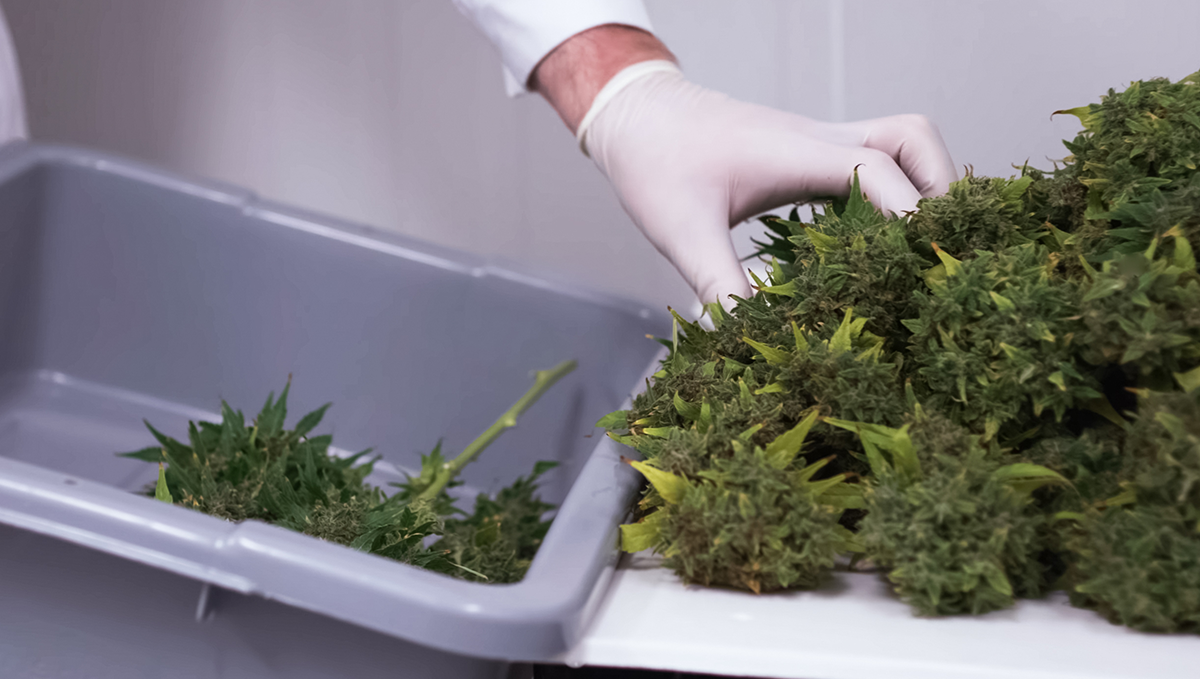
Other strains like Blackberry Auto, for example, are great yielders. The Blackberry Auto is certainly unique because it produces almost 600 grams of amazing flowers per meter square. She grows only up to 3.5 feet, but the yields recite a different story. As you can imagine by now, the yields of a strain are very much dependent on genetics.
Now, assuming that you have a strain with fantastic genetics, you’re already at an advantage because they are predisposed to perform to the best of their abilities. However, you can’t just assume that the plants will do well even if you don’t take care of them. No, that just doesn’t happen. There’s no magic wand to produce good yields because a lot depends on how you grow the plants. So, the next obvious question is: What can I do to produce good yields? Read on, and you’ll have the answers soon.
Pay attention to the light cycle
The light cycle is the most important factor to get good yields in autoflowers. Some growers take this to the next level by providing 24 hours of light constantly. This means that the plants don’t get a dark cycle at all. Although Ruderalis will most definitely perform well even with no periods of darkness, a 24/0 light cycle may not be the best thing to follow. Granted, the plants love all the light and grow amazing for a few days, but they tend to grow slowly after a while because they have no time to rest. Like everyone else, autoflowers need some rest to recover from any stress they are subjected to.
Therefore, an 18/6 cycle is simply perfect for autoflowers regardless of the strain. Not only do you save some money with this, but you also ensure that the plants give you as much as they possibly can. Autoflowers are meant to flower once they reach a certain size and height, unlike photoperiod plants that flower due to changes in the season. Autoflowering plants will be fine even with 5 hours of light, but many growers misunderstand this. Go ahead with 5 hours only if you’re ready to get small yields. This is why some growers provide only 12 hours of light, and the result is usually a plant with minimal yields. Autoflowers have a major advantage over other plants for several reasons, but if you want them to thrive and generate great yields, then an 18/6 cycle is your ideal choice.
You know exactly why light is important to cannabis plants. In fact, you learned all about it in biological class back in school. In short, it all boils down to photosynthesis. During this process, plants harness the power of light to literally eat the atmosphere. By powering specialized organelles in their cells with light, they manage to convert gaseous carbon dioxide into a solid that makes up carbohydrate sugars. They use this form of fuel to power their own cellular process, while also pumping it down into the soil to build beneficial communities of microbes. But leaving your light on for a certain amount of time each day isn’t always enough to optimize plant growth. You also need to make sure that your plants are exposed to adequate levels of light intensity. To really dial in lighting, we highly recommend that you get your hands on a lux meter of PAR meter to make sure your plants are getting all the photos they need.
Avoid transplanting
Many growers make the mistake of treating autoflowers like photoperiod plants. Photoperiod plants are completely different. Like tomato plants, the seeds can be sown in small pots and transplanted later when the roots are well established. In fact, it’s recommended for growers to transplant at least once to get great yields. However, the same rule doesn’t apply to autoflowers. Since they come with a specific timeline where every single day matters, it doesn’t make sense to transplant them and curb their growth. It’s very common for autoflowers to become stunted only because the grower transplanted them.
Therefore, start autoflowers in pots that allow them to finish their entire lifecycle without disturbance. About 8-10 gallons is perfect for any autoflower, but don’t do the mistake of using pots that are overtly big. Big pots reduce the chances of roots spreading out faster and it stunts the growth. Similarly, don’t use pots that are so small that it makes life difficult for your plants. Some growers do transplant autoflowers, but they are way experienced with several harvests under their belt. Such growers understand how to transplant the plants without hurting the roots. In any case, if you absolutely must transplant because you made the mistake of sowing seeds in small pots, then wait for the right time.
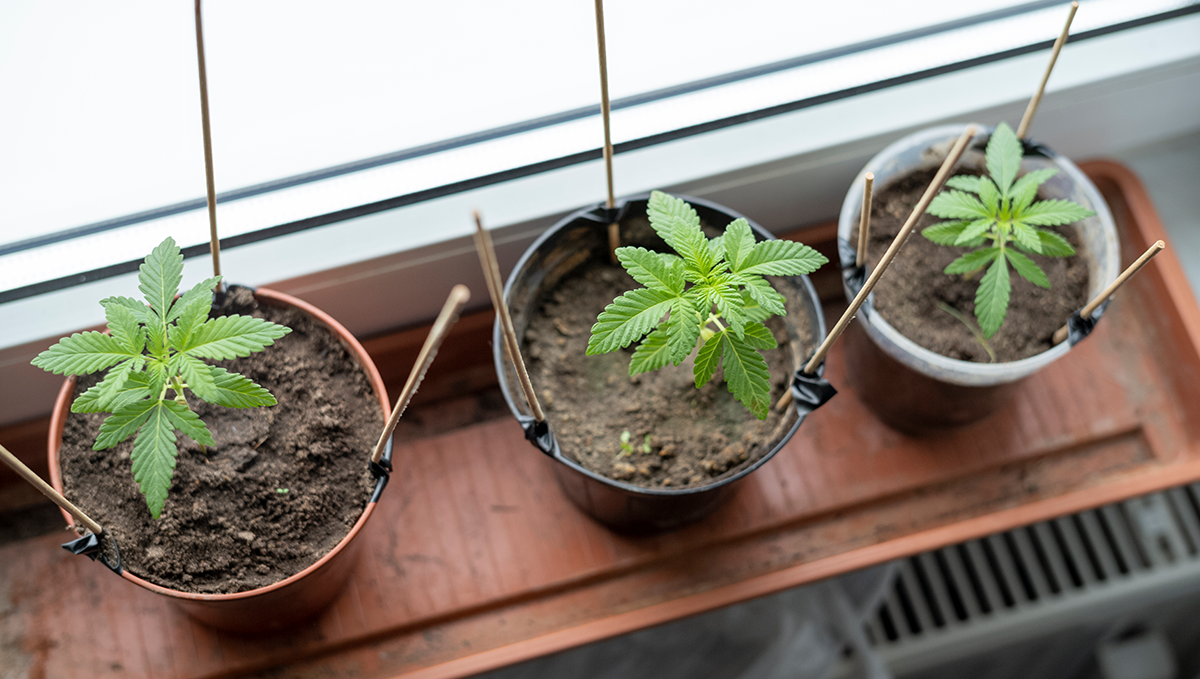
For instance, let’s imagine that you sowed an autoflower seed in a plastic cup. As the roots spread out, you have no option other than transplanting it. In such cases, wait until you see roots coming out at the bottom. It indicates that the roots need more space to grow. To transplant the plant, water it well and allow the soil to dry. The trick is to transplant when the soil is moist – not wet or completely dry. If the soil is completely wet, it becomes heavy and the roots tend to break off in clumps. On the other hand, dry soil breaks the roots again because there’s no moisture to help the roots.
Thus, water the cup or pot and wait for it to reach a stage where it’s moist. The next step is to prepare for the transplant. It must be done swiftly, so get the other pot ready with a hole in the center. Press down the top of the soil while holding the stem firmly with your index and middle fingers and tilt the pot. Be careful to take the plant out slowly without breaking any roots.
Broken roots will definitely hurt the plants and autoflowers take a long time to recover if they are stunted early. Cup the roots with your free hand and place the root ball gently on the second pot. Make sure that the hole is big enough for the roots. Fill the soil, and you’re done! If you’re a beginner, it’s recommended to plant seeds directly in big containers to allow the autoflowers to produce maximum yields.
Invest in good lights
Although autoflowers grow with less light, the importance of solid equipment cannot be ignored. There are so many grow lights out there that you’re spoiled for choices, and you’ll naturally be tempted to go for the cheapest ones. However, you’re simply wasting time and effort by doing so. Imagine you have a good autoflowering seed like the Gorilla Glue for example. It has some of the best genetics in the world with Gorilla Glue #4 crossed with a Ruderalis to offer all the benefits.
Now, in order to let the plant grow, you need good lights, but if you own something that doesn’t provide a full spectrum, everything is for naught. Not even a strain with amazing genetics can help if you skimp on the grow lights. Most growers go with HPS lights since the initial investment for LEDs can be a little expensive. However, if you look around, you’ll see that even LEDs are affordable now. Some growers argue that HPS lights make the buds swell to give you great yields, but LEDs are not to be left behind. Remember to do some research and purchase the best light out there whether it’s an LED, CFL, or HPS light. In other words, light is like food to the plants and the process of photosynthesis works only when the plants get good light. To put it simply, good lights equate to good yields, so help your autoflowers help you by pampering them with the best lights you can afford.
3. To Train or Not To Train, That is The Question…
Stress train and autoflowering cannabis strains - is there any more contentious issue? We think not! Look, ask 20 experienced autoflowering cannabis cultivators what they think about plant stress training with autos and you will probably get 20 different answers. But, here at FastBuds, we have tried literally every single plant stress training method under the sun and have come up with our own routine that we like to think works pretty damn well.
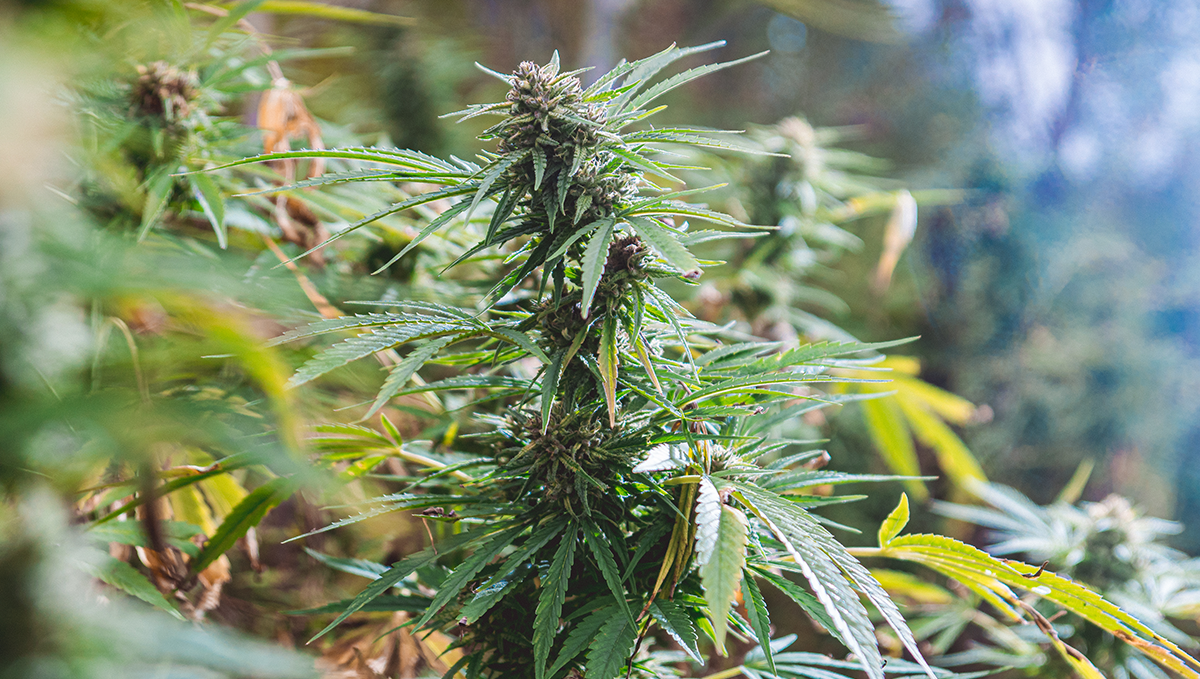
Unless we are growing huge, Sativa dominant, long lifecycle autos like Bruce Banner Auto or Orange Sherbet Auto we never, ever use HST training methods. We are talking about stuff like topping or fimming, super cropping, and any other highly invasive method. Some auto strains may simply not have the time to recover from such methods, and the end result will be a reduction in yield size and potency, the absolute opposite of what you are looking for when using training methods.
So, are there stress training methods that can work with autos?
Yes, we reckon so anyway. But, you have to be SUPER careful with auto-flowering cannabis strains and stress training. Only ever use LST (Low-Stress Training) techniques. In fact, only use one style of LST - the tie-down method. The tie-down method? Sounds saucy…. Calm down big boy, this is a weed blog. When employing the tie-down method with autos you want to start a little earlier than with photoperiod strains, as the vegetative growth period is only about 4 weeks long. As soon as the first real set of leaves appears, grab some soft garden ties and CAREFULLY bend the plant over so it can be tied down to promote horizontal growth. Continue with this training as the plant grows larger.
This type of training essentially tricks the plant into thinking that the main cola has been snapped off, and forces the plant to redistribute the nutrients and growth hormones evenly throughout the entire canopy and to each budding site. With the tie-down method, you can expect to see a whole canopy full of dense and fat colas full of juicy buds, instead of just one huge main cola with inferior buds at every other site. This will inevitably increase the yield size by up to 25%, and possibly even the potency of the bud produced.
4. In Conclusion
So, as you can now see, it is possible to get bumper crops full of top-shelf bud from auto-flowering strains. Autos were once regarded as inferior, low-quality genetics that should be avoided at all costs, but thanks to the years of hard work and toil put in by cultivators all around the globe autoflowers can now stand tall next to the very best photoperiod strains on the market.
There are now autoflowering versions of almost every single strain, from heavy THC hitters that will leave you couch-locked for hours on end to high-grade medical flowers that contain huge levels of CBD. So what are you waiting for? Do yourself (and your friends) a favor, head over to our autoflowering seed section, grab a mixed bag, and enjoy all the benefits autos have to offer!








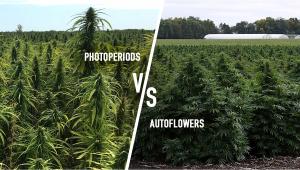


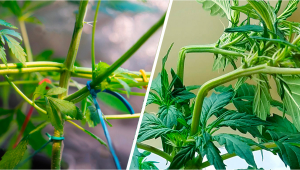


Comments